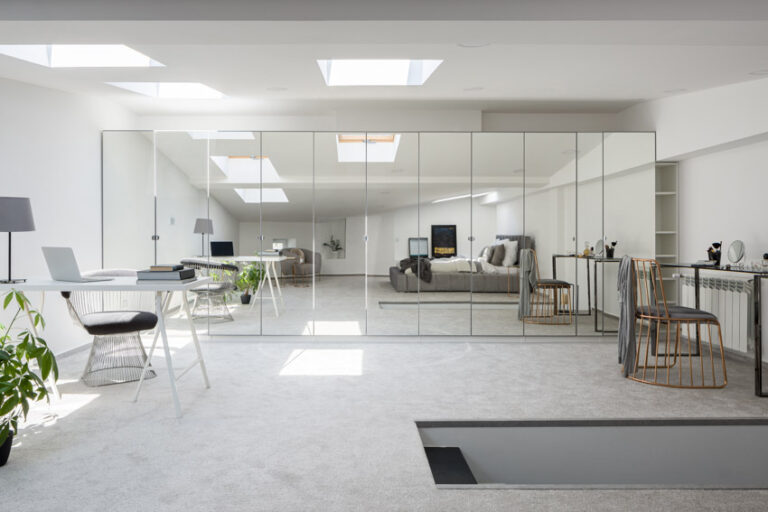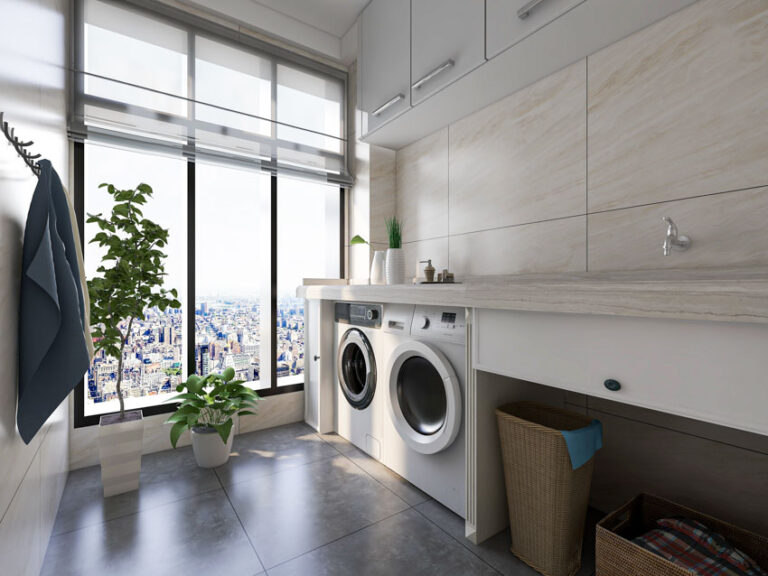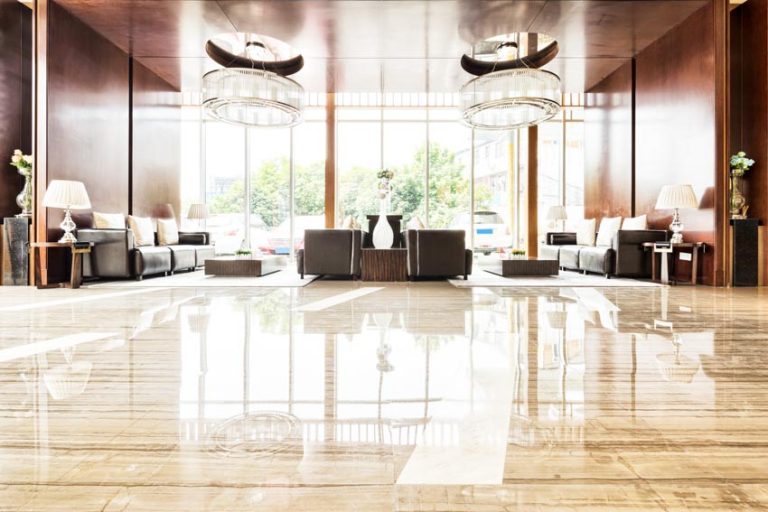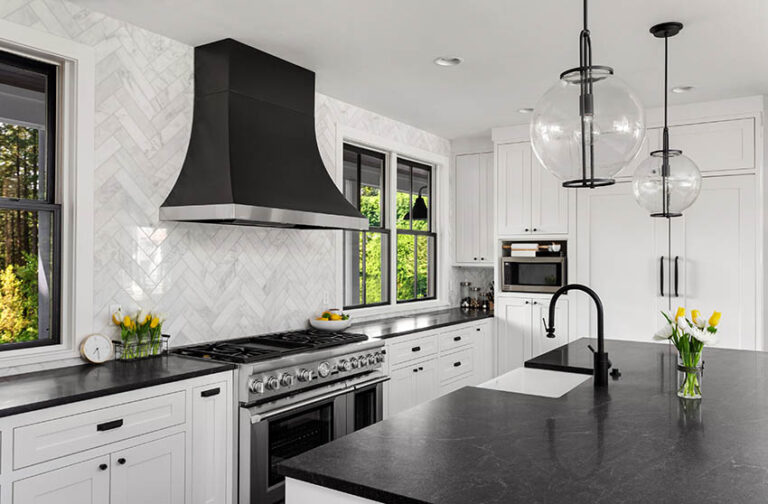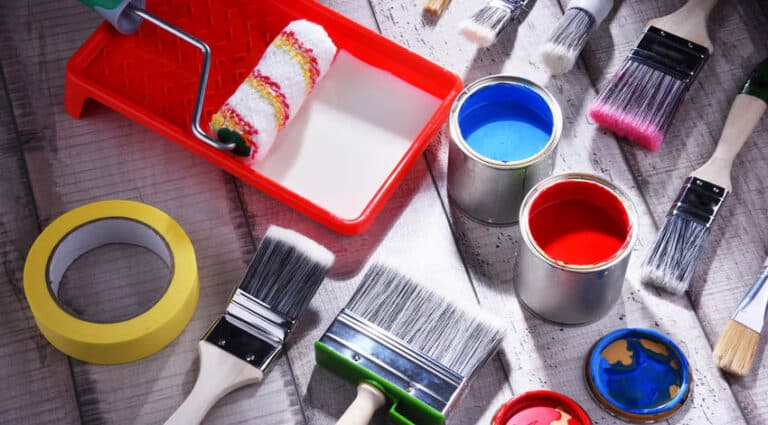Alluring Chair Rail Ideas For Every Room

Originally, chair rails offered visual aesthetic charm and character to a home. Also known as “dado rail” in Ancient Roman and Greek architecture, it is used to create a beautiful partition on the wall.
Fast forward to Victorian times when walls were covered with beautiful wallpaper designs, protecting the walls from scrapes and chips was vital. This is where the “chair rail” got its name – these moldings protect the wall from potential damage caused by the chair’s backs when moving these pieces of furniture.
The concept of installing these horizontal moldings on walls is based on practicality that can still be found in century homes and has become a distinctive part of modern home design elements.
Characteristics Of Chair Rails
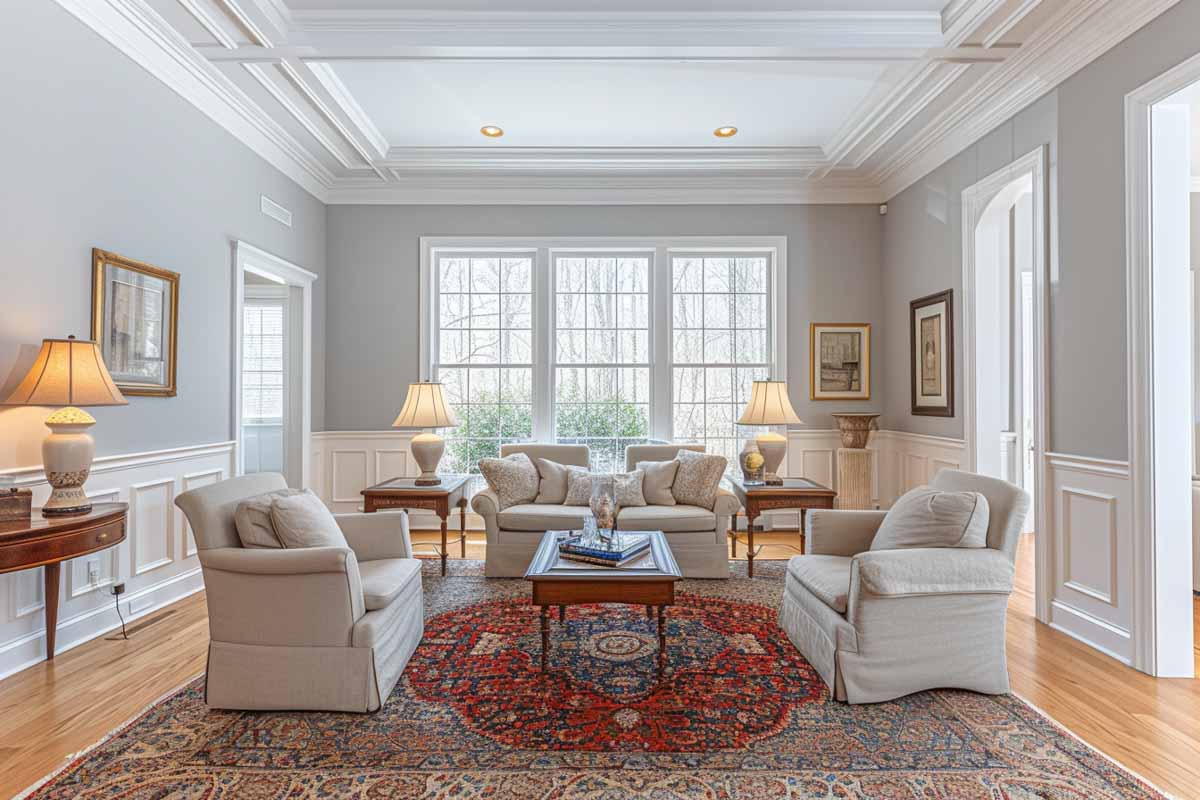
Chair rails are a type of wall molding installed at chair height and used as a barrier to protect walls, especially in high-traffic areas including dining rooms, living rooms, hallways, kitchens, breakfast nooks, mudrooms, and stairwells where movable furniture could hit against the wall.
Aside from its functional use and what some might consider a dated feature, the molding can contribute to a home’s overall durability and add resale value to your home. It is installed for an additional decorative touch of elegance and sophistication.
Chair rails will never be out of style as it has become a key design element that can enhance interior walls. It allows designers and architects to split the wall into multiple sections for added decorative flair and dimension. This molding is an effective design component that can abate the monotony of single-colored walls.
It is the molding that wraps around the perimeter of a room that usually supports a wainscot wall paneling or other ornamental trim design features to create depth and visual dimension to the walls. It can also help define a space that allows the application of different wall treatments to the upper and lower sections of a wall.
Chair Rail Designs
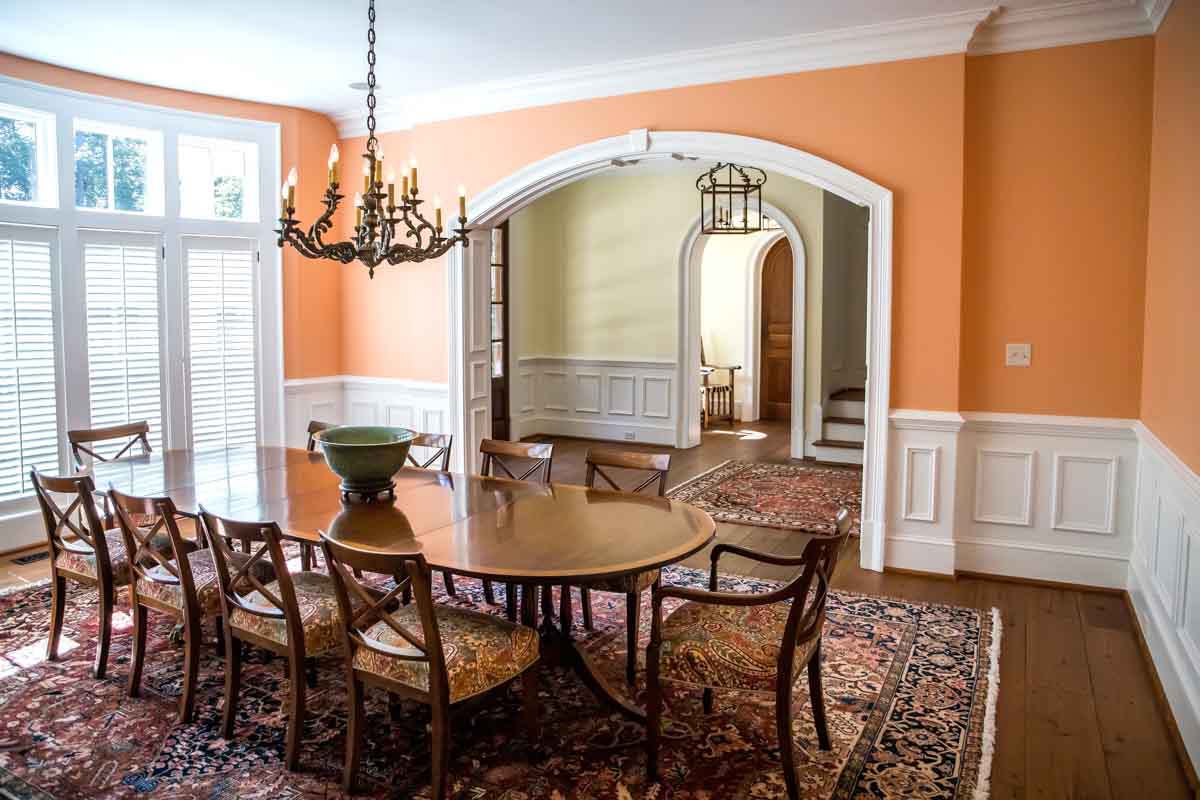
The most popular chair rail design is pairing it with a wainscot wall paneling. It is very traditional but you can modernize it by painting it with a light and neutral color and adding a contemporary wallpaper design that will give the space a mix of vintage and modern appeal that is timeless.
Another design idea that offers an elegant concept is to incorporate wainscoting above and below it. For a more contemporary touch, paint the trim including the beautiful wainscoting walls and baseboards, in one single color.
This design idea prevents moldings from standing out while still adding depth and texture to the wall. This creates a decorative element and allows you to highlight other wall accessories.
Painting the railing and the wall below it in the same color as the floor is visually an impressive way to make your walls look longer.
Installing multiple trim using different types of molding creates an elegant and regal feel and an attractive layering design effect. Try using an angular molding to create a modern look with a unique twist due to its clean line, angular style, and minimalism motif.
Chair rails can also be decorative and offer a cohesive look with the rest of the wall when carried up the stairwell, giving the otherwise plain stairwells and hallway wall an ornamental accent feature.
These trim designs can be more functional by turning them into a built-in ledge or tapered shelf that runs around the room for displaying photos or small art décor items. To transform them into a more useful, practical design element, incorporate a cabinet that goes right down to the baseboards for additional storage space, resembling a wall paneling underneath the rail.
Adding a chair rail along the entryway can make a big difference, making the space feel more welcoming as it draws you into the house. Incorporating these details in the entry adds texture and a sophisticated style to the space.
Dining Room
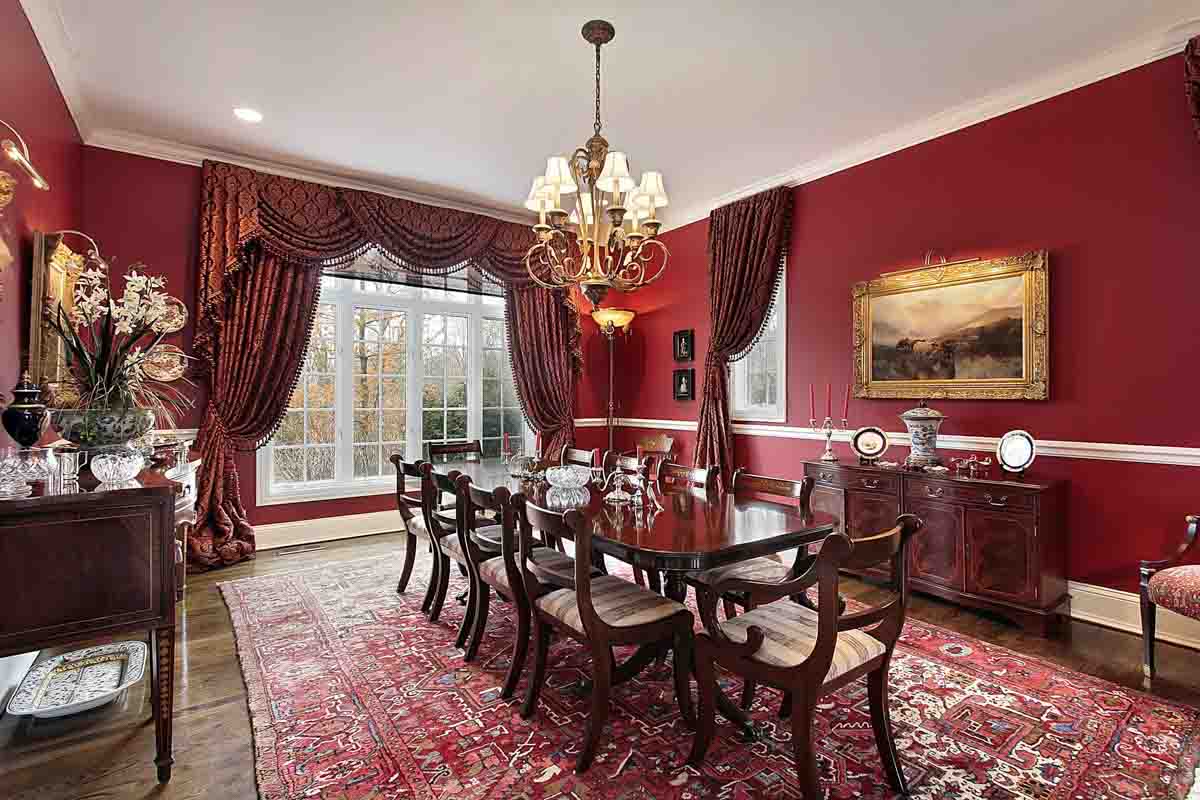
Incorporating chair rails in your design scheme is one of the easiest and most cost-efficient ways to add character, elegance, and sophistication to your dining room. It infuses a subtle interest into the space as it provides a division between the lighter and darker dining room paint colors.
In today’s interior design concept they are used as a decorative element to create dimensions for a dining room by forming a separate zone as well as providing design and architectural interest.
A rail placed higher on the dining room wall can create a stylish divider that allows a mix of contrasting hues to pop and keep the space fun while still achieving maximum elegance.
Another way to give them a modern look is by using a monochromatic look that emphasizes the texture of the molding to become a decorative element rather than color. This can be achieved by using textured wall covering above the trim such as certain designs of wallpaper and creating a paneled design in a similar monochromatic tint. This concept will provide visual interest while still offering a timeless design.
Bathroom

We all know that bathrooms are wet areas and can use a decorative element such as a chair rail that can be both functional and add visual appeal to the design concept. Combining the chair rails’ purpose and the protection provided by wainscotting your bathroom walls will help with insulation and will break the wall monotony, making the bathroom more visually attractive. The molding will create an appealing transition between the wall and the wainscot.
The beauty of incorporating chair rails in the bathroom is establishing an intricate and dimensional design that can elevate the concept to a new level of luxury. It can help combine two distinct bathroom design treatments and tie them together beautifully. For example, having wallpaper above and painting an accent color or installing frame molding underneath can add an extra level of sophistication to a luxurious bathroom.
Another design idea is to double up the chair and incorporate a colorful accent tile in between adding a twist in creating a classic border styling. Don’t limit your ideas in a bathroom to off-the-shelf moldings, use this opportunity to utilize different sizes and combine assorted molding designs that will add a modern flair to the timeless element.
Materials Used
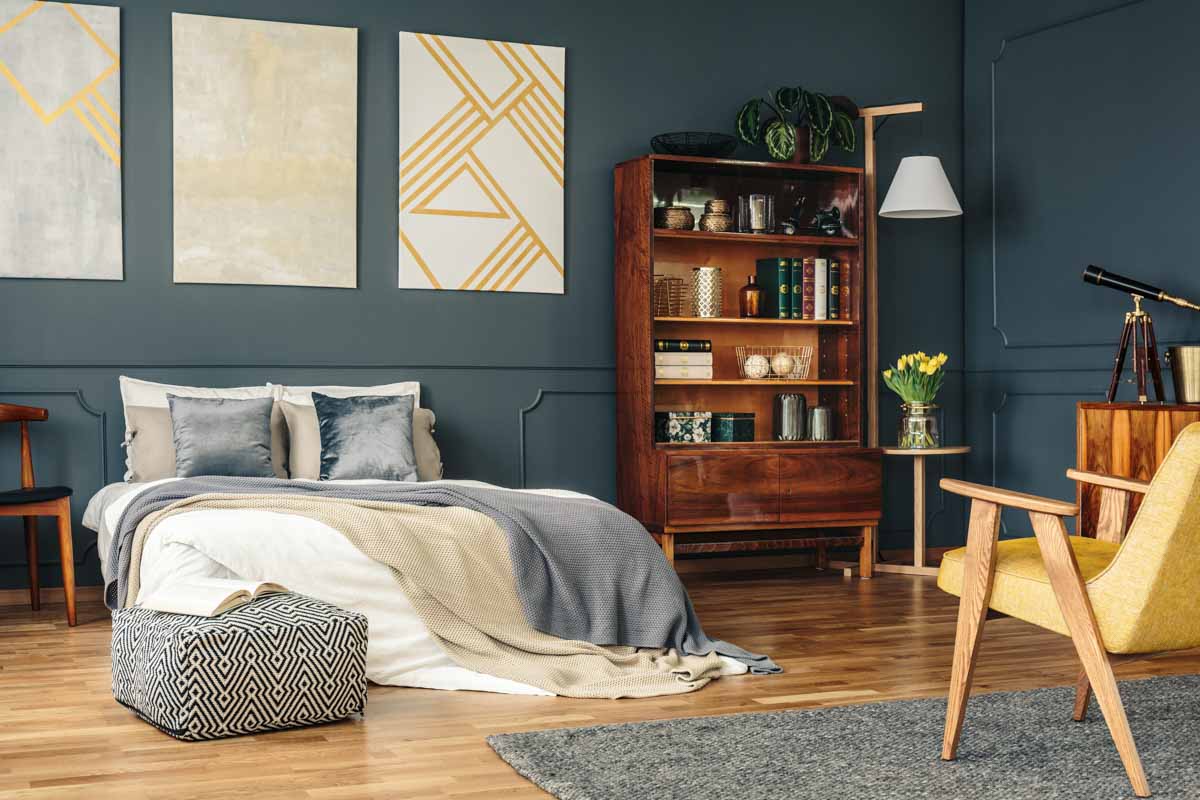
Chair rails are beautiful architectural elements that add a sense of proportion to rooms since they visually divide the space and instantly allow you to recognize the size and scale of the space.
Typically, chair rails are made of wood; the most common hardwood types include poplar wood, maple, fir, ash, and oak. Pine and spruce are softwoods that are best since they have tight natural grain and are sturdy enough to withstand wear and tear.
For a rustic aesthetic use reclaimed wood, the weathered look of the wood can add texture to the room and pairs well with other rustic or farmhouse design elements.
Chair rails can also be made of polystyrene, a composite material that is waterproof, lightweight, and glue-on installation. It can enhance the room’s interior design and can be used to hide electrical wires running across the wall. Other composite materials include lightweight MDF and polyurethane, which are less expensive than wood but are resistant to cracking or splitting.
There are also other highly decorative materials used for these moldings such as aluminum, lightweight steel, or copper; however, these metal materials are quite expensive than wood and composite materials.
The bathroom is also a great space to use special materials because it is the one place you can use tile for this purpose. Often called pencil tile, this style is a practical choice for the bathroom since it can be incorporated well with other design elements.
Height Considerations
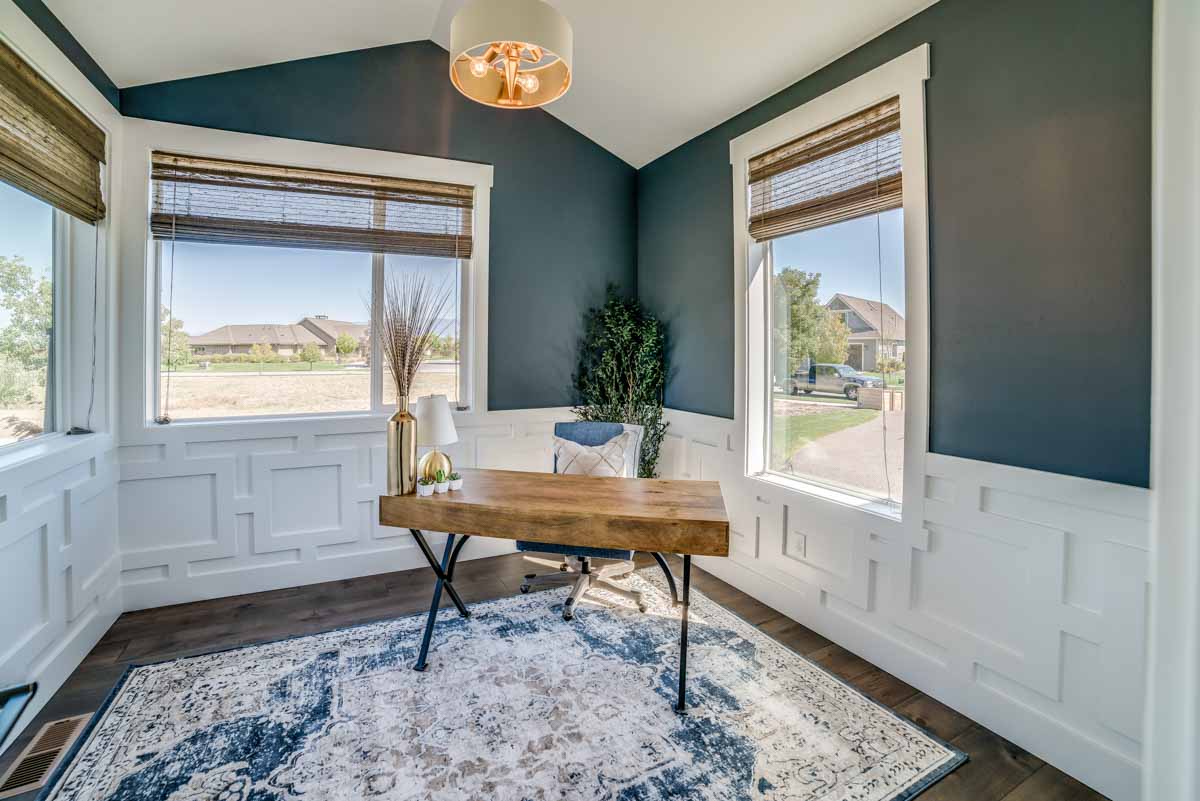
A good rule of thumb for designers is to install chair rail molding at about one-third of the way up from the floor or at one-third the distance of the ceiling height. If the ceiling is high, it is better to install it at twenty-five percent of the height of the room.
The optimum height range for a chair rail is about 28 to 32 inches, usually, they are installed about 30 inches from the floor. However, its installation depends more on the height of the room. A wall looks best if they are installed lower than 36 inches and rails should never be installed too high to keep the look proportional for the room.
Then again, certain height considerations exist when installing chair rails for 10 to 12-foot-high ceilings. For ceilings of this height, it is possible to install them at 40 to 48 inches from the floor. Also, it is important to consider the furniture, and overall design to achieve a balanced proportion when installing the precise location of the trim.
Wainscoting varies in height, but as a general rule, it covers the lower third of a wall. – Trim Carpentry and Built-ins: Expert Advice from Start to Finish, Clayton DeKorne
Other architectural details in the room should also be considered, such as baseboards and crown moldings when incorporating chair rails, because it is important to have a seamless transition between these design elements. It is also important to take into account the type of room where you want to install them. Rails in dining rooms need to be aligned with the height of the chairs, whereas in the living room and bedroom their height can be influenced by aesthetic sense.
Color Options
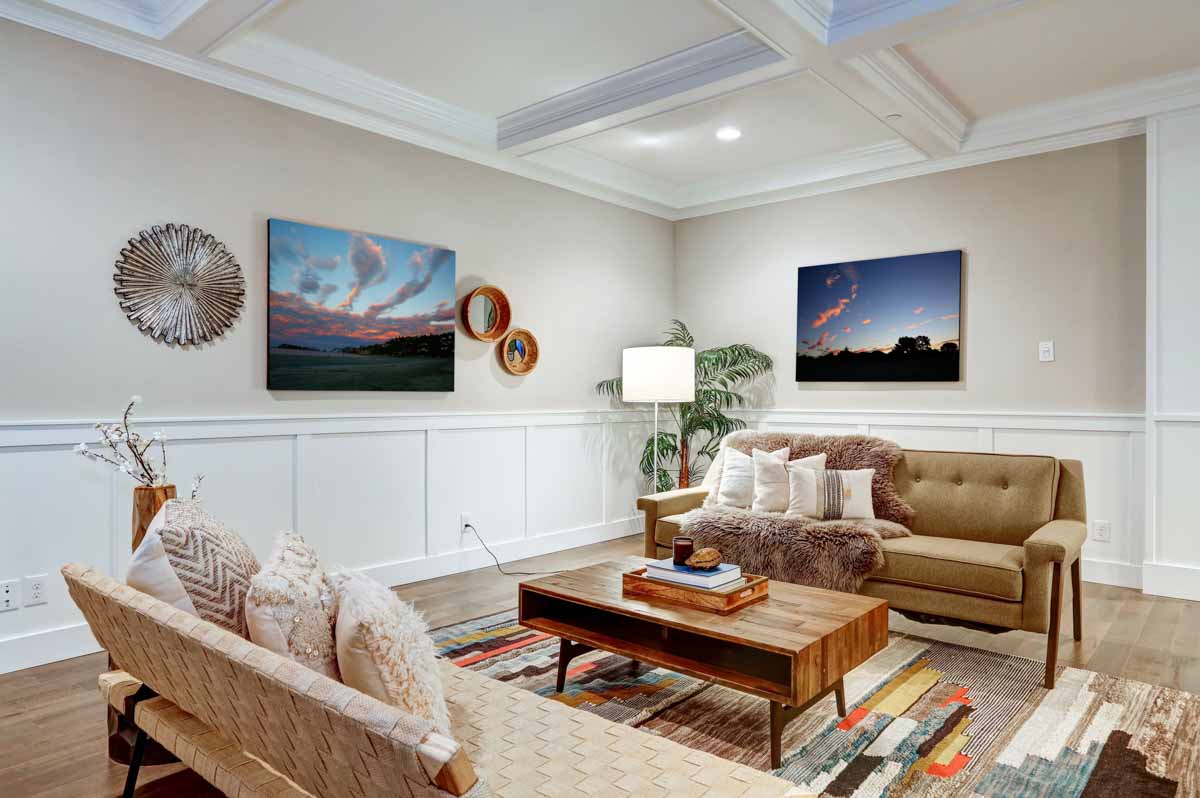
Most architectural trim and moldings, including chair rails, are usually painted in the same color, but usually they are painted with a semi-gloss white finish. However, there are other contrasting paint color options or wooden rails can even have a stained finish.
Off-white or cream colors have a softer tint than the bright white color painted trim; however, if the walls are white, a darker trim color such as tan or gray will create a calming neutral color scheme.
For a modern touch, black is a bold choice, yet it can give an elegant and sophisticated look, especially when paired with white decorative elements. Chair rail paint can come in bright and bold colors as well as metallic finishes such as silver, gold, nickel, brass, bronze, or copper.
However, for a streamlined aesthetic, they are usually painted the same color as the wall, making the room feel more open and minimizing visual impact. Doing so adds a seamless and subtle look that creates an elegant and classy appeal.
Trim Types
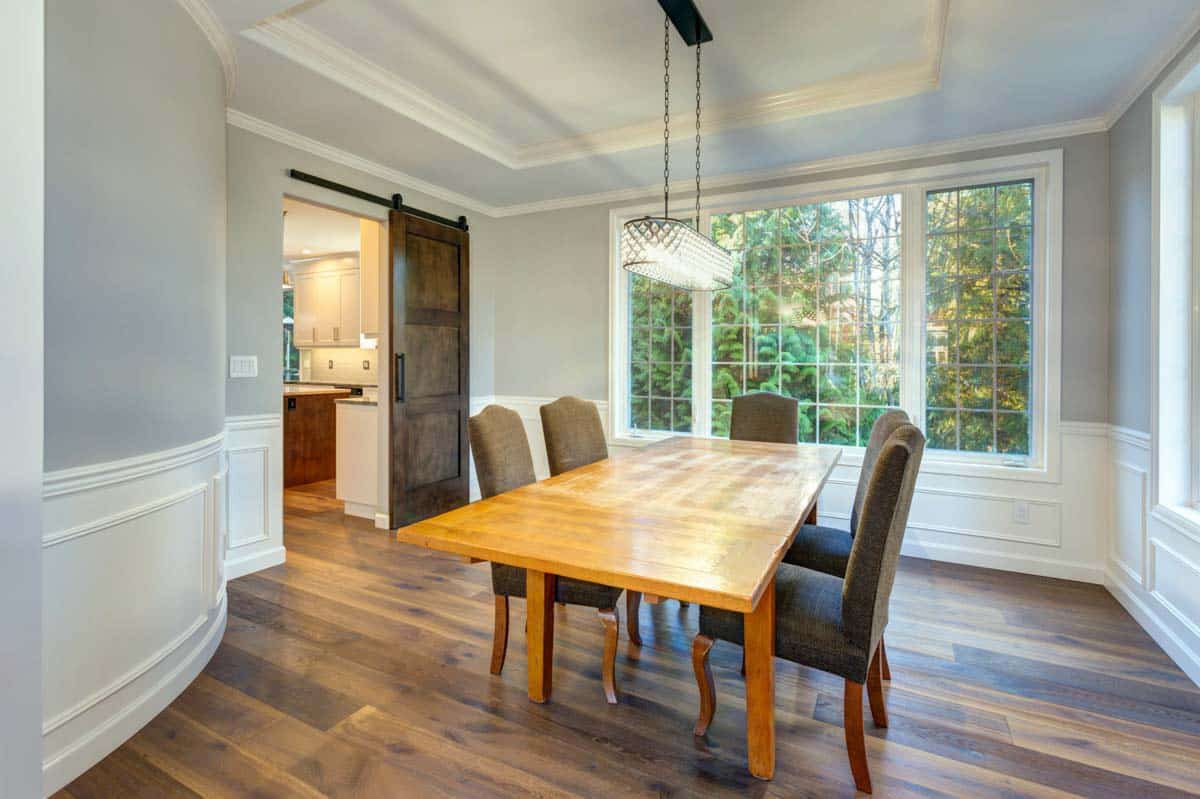
Decorative wall trim can create an attractive design statement for any interior space while adding extra protection for walls. Trim designs are only limited by a designer or your creativity and can be designed according to any wall trim need. Trims are installed by combining two or more different profiles of molding to form one type of trim.
Rake molding, also known as the solid crown, is a trim used around the top of the wall and can be combined with other trim designs. The size ranges from under 1 inch to over 3 inches and is applied as a transition trim.
A base cap is usually used to finish the top of a baseboard. It can also be used to complete combo-molding edges or to shift from one trim to another.
Panel molding is commonly used in creating decorative wainscots and wall frames that are installed along the center of a chair rail. These are usually incorporated in large rooms with high ceilings that offer a more stylish and elegant design element.
The backer board is often used as a base for a combination of trim designs for chair rails, cornices, baseboards, door jamb, and other crown design moldings.
Another trim that is used to create elaborate chair rails is reed molding. The fluted design of this trim is commonly used as a design element in building Neoclassical style door and window casings. However, the reeds and flutes trim molding are perfect to incorporate for custom-made molding options.
The stop bead profile is a trim used to stop a swinging door, but when combined with other trim moldings, it creates a larger and elaborate edge profile.
Cove trim is a simple molding typically used between walls and ceiling, especially in small rooms, and is often combined with other trim molding to create custom design profiles. This type of trim is also used as a finishing trim inside the right-angle corners of wall paneling and other wall coverings.
The dentil molding is a trim type that can be stacked under a back band, cove, base cap, or other type of trim to create a unique profile. Another unique trim type to use as a chair rail is a standard one-piece baseboard profile as backer boards. There are several sizes available from two-and-a-half to eight inches wide that would be suitable for any custom-made molding.
Edge Profiles

As mentioned earlier, a chair rail is a type of trim made by combining two or more profiles. A two-piece rail is a trim made by stacking a small profile on top of a wider backer board or using two baseboards or door casings and joining them together in the middle to display the decorative edges.
The three-piece chair rail profile uses a backer board, a stop bead profile, and a half-round bead molding. Instead of using a half-round bead, you can incorporate a one-piece reed trim molding. This three-piece profile can use other design combinations from the different trim types for unique personalized designs.
The Victorian chair rail is built with a combination of curls and coves using half-round trims and combining it with a back band to trim the edge. For a more intricate Victorian-style profile, add more half-round trims or use more ornate moldings in between the wider trims.
The reed profile is also commonly used for large rooms with high ceilings. This profile uses a one-piece reed trim molding and two pieces of panel molding along the top and bottom edges.
Another combination for an edge profile is the ledge chair rail which is built by using bead molding or bullnose and joining it with a cove molding. Installed flat against the wall, this profile is often used as a design for chair rails, specifically when it is connected to a wainscot.
Similar to the ledge profile is the plate rail profile used to display decorative plates. Unlike the ledge profile, the plate rail molding has a groove along the top trim to hold the display in place. Incorporating rake molding at the bottom part of the plate rail will offer a more dramatic flair to the design.
Chair-Rail Wainscoting

Wainscoting has long become part of a decorative wall finish that adds texture and visual interest to a room and is usually incorporated with a chair rail as the top border and includes a baseboard as the bottom border.
Wainscoting is a wall paneling applied to add another layer of insulation against hot and cold temperatures as well as protection for walls from scuffs and bumps of furniture rubbing against the wall.
This wainscoting can also balance out a vibrant wallpaper design to avoid overwhelming of this design element. It also creates a division for single-color painted walls to break up the monotony. It gives the interior design a minimal look while adding elegance to the scheme.
Aside from applying chair rail wainscoting in the dining room, living room, stairways, or hallways, this type of wall finish can also be placed on walls behind the bed for functional protection and for a contemporary motif that will create a focal point. This options is an elegant and timeless wall decorative element that creates beautiful lines and serves as a foundation for other design accents.
Two Color Walls With Chair-Rail
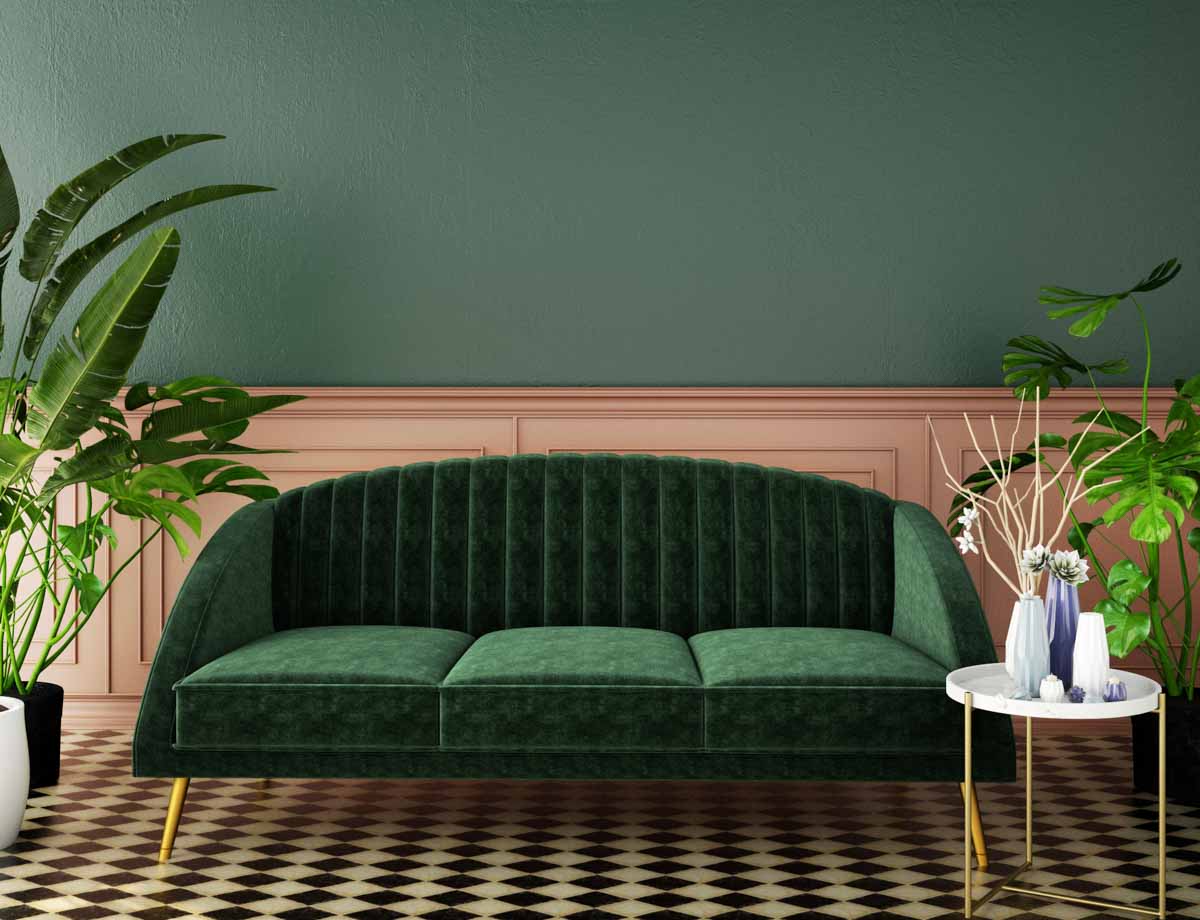
Creating a two-tone wall with chair rails is a classic design approach to achieve a beautiful contrast and establish a dynamic visual effect in interior design. This design is usually applied when painting walls’ top and bottom halves in contrasting or complementary colors such as choosing a pastel color above and pairing it with a darker or richer hue below.
According to Lee Wallender a DIY expert with theSpruce, when installing chair rail molding, carefully consider the color and finish to seamlessly integrate it into your décor. Lee recommends matching the rail’s color to the baseboard trim for a cohesive look.
Additionally, painting the wall sections above and below the chair rail in contrasting light and dark tones is a popular technique for delimiting the space. The darker color grounding the lower portion helps anchor the room, while the lighter upper shade creates an airy, elevated feel. Taking color coordination and placement into account allows it to subtly, yet strikingly, enhance the aesthetic.
Another way to carry out an elegantly balanced two-color wall is to use a primary color above the chair rail and paint the bottom one-third with an accent color. The molding helps add a definitive break between the two colors.
TIP: When deciding what color goes on top of a two-color wall, always remember that your wall color should create a contrast between walls and furniture so they don’t blend together. With this in mind, if your furniture has a dark finish, a lighter wall color will work best below the chair rail while a light furniture finish will pair well with a darker wall color below the chair rail.

